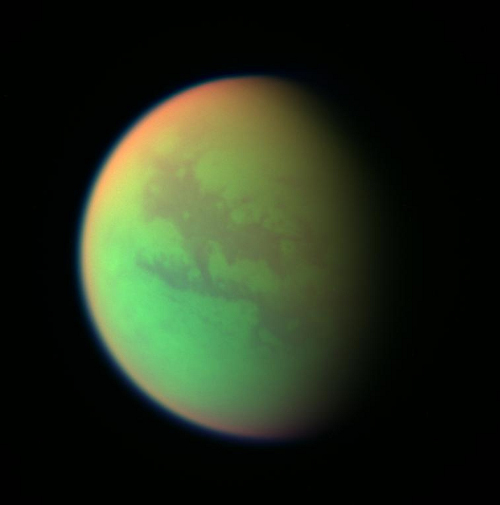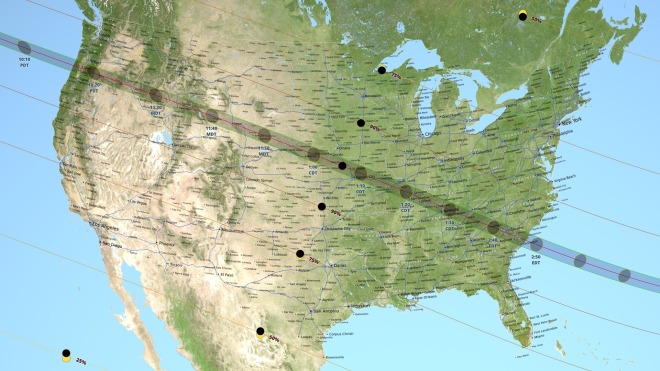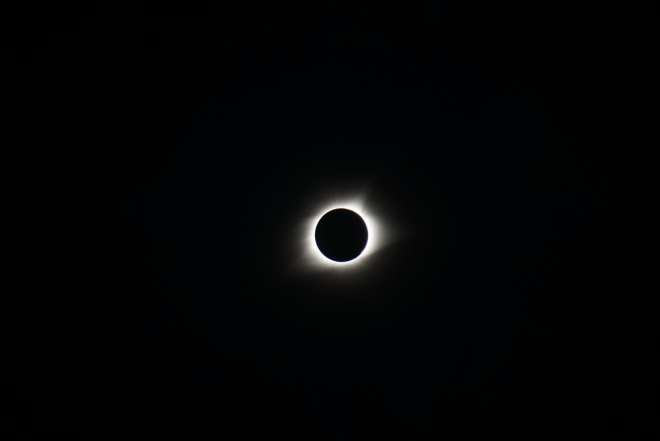One of my favorite novels is The Sirens of Titan by Kurt Vonnegut. As the title suggests a portion of the novel takes place on Saturn’s moon Titan, though this fiction is more concerned with the philosophical and not the realistic astronomical. I highly recommend it to fans of science fiction.

Discovered in 1655, Titan is Saturn’s largest moon and the second largest moon in our solar system. Titan’s rotation is synchronously locked with Saturn and takes just under 16 Earth days to complete its orbit about Saturn. Its surface has been by liquid ethane and methane which make up rivers, lakes, and rain. The extreme cold, -179 degrees Celsius, means water acts like rocks and lava. The lack of craters on Titan’s surface indicate that it experiences erosive and tectonic forces similar to that on Earth.

Titan is unique; it is the only moon in our solar system that has a thick atmosphere. Its atmospheric pressure is 60% greater than Earth’s and Titan’s smaller mass means its atmosphere extends 10 times higher off its surface. Its atmosphere is composed mostly of nitrogen and methane, which are split apart from high energy photons and particles. The split products than reform into organic molecules. Some of the heavier hydrocarbons fall to the surface becoming “sand” in Titan’s dunes.

In 1997 NASA launched the Cassini Orbiter and Huygens Probe on a journey to Saturn. Cassini achieved orbit around Saturn in 2004 and the Huygens Probe made its descent to Titan’s surface 6 months later. The Huygens Probe was constructed by the European Space Agency. Weighing approximately 700 pounds, the probe’s payload included 6 scientific instruments designed to collect data on Titan. NASA Jet Propulsion Laboratory published a video showing animation of the craft’s descent as well as the camera footage it captured. Finally in September of 2017, the Cassini Mission ended when the Orbiter made its final descent into Saturn’s atmosphere.



You must be logged in to post a comment.